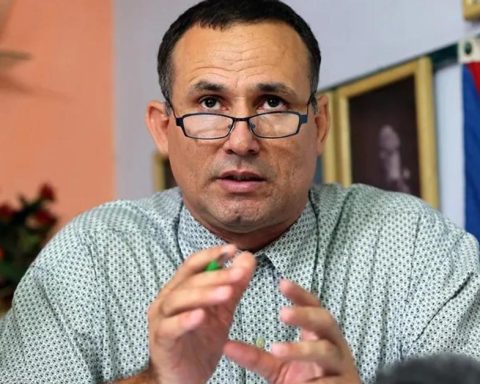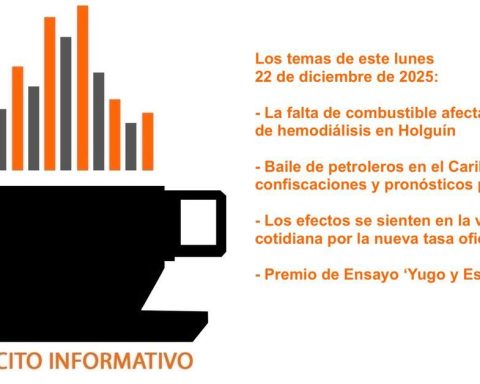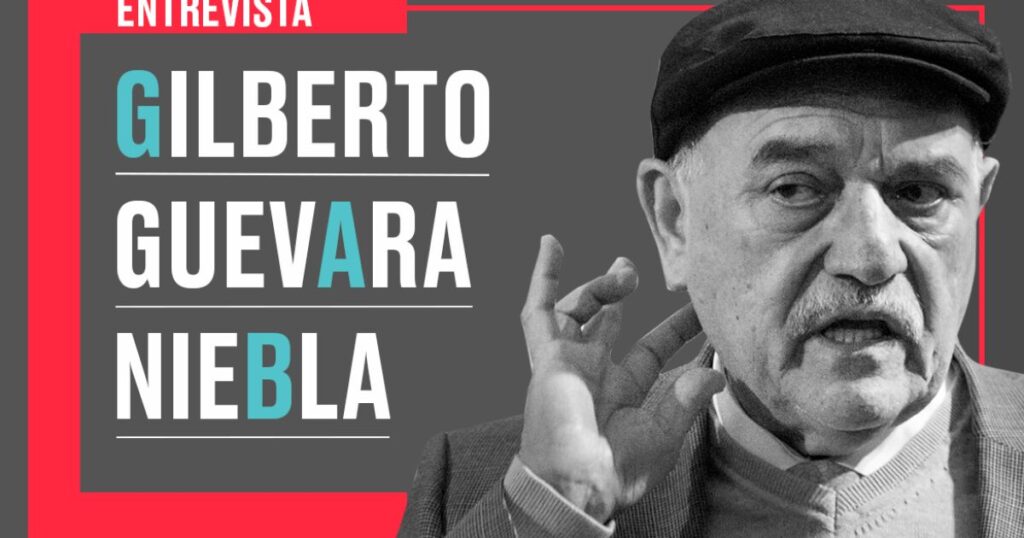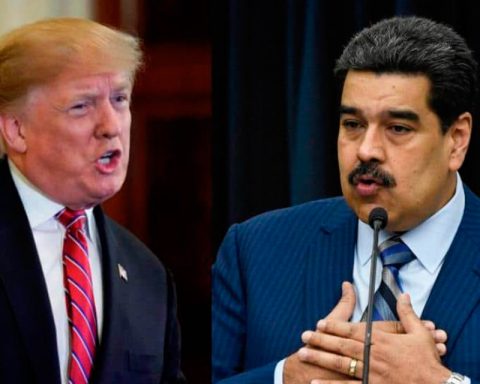Super gasoline is the only one whose price is liberalized and has been affected by the higher international costs of crude oil. Their consumption continues to decline.
In December 2021, the gallon from super gasoline had a price of $3.40. However, on February 12, 2022, after the last update published by the Energy Regulation and Control Agencythe price rose to $3.68.
In other words, in the last two months, that fuel became more expensive by $0.28 for each gallon.
The super gasoline it is the only one, within the Ecuadorian internal market, that is completely liberalized. This liberalization was decreed since December 2018, and from then on the price fluctuates according to the international price of the barrel of WTIwhich is the reference crude oil for Ecuador.
The WTI closed last Friday, February 11, 2022 with a price of $93.93 per barrel. This reality creates more income for the State through oil exports, but at the same time it results in more expenses for the fuels that are still subsidized.
price over quality
Although the quality of the gasoline is a constant complaint, the Ecuadorian consumer always prefers a cheaper product rather than pay for a more expensive one. Thus, since December 2018, when the pricethe consumption of Super has been in continuous decline.
A little over three years ago, the market for fuels was distributed as follows: eco gasoline he took 44.4%; the extra had 40.8% and the Super it reached 13.9%. However, now the consumption of Super does not exceed 8.6%; While the eco gasoline rose to 47.5% and the extra to 43.8%.
This behavior of the Ecuadorian consumer, among other legal and bureaucratic obstacles, makes the domestic market unprofitable and unattractive for private companies to invest in importing fuels better quality, which are necessarily more expensive.
rising subsidies
According to information from petroecuador, in December 2021, the subsidy for gallon of the extra gasoline Y eco country it was $0.13 and $0.24, respectively. But, from this February 12, 2022, the subsidy went to $0.3399 for the extra and $0.4244 for the eco country.
On the other hand, the subsidy per gallon was $0.56 for diesel 2; and $0.66 for premium diesel. Now, state spending rose to $0.9178 in the case of diesel 2; and $0.8974 for premium diesel.
Before the price freeze, decreed in October 2021 by President Guillermo Lassoit was projected that more than $1 billion a year could be saved in fuel subsidies.
However, the current scenario suggests that, in 2022 alone, spending to keep gasoline and other crude derivatives cheaper will add up to at least $1.6 billion. (JS)

















